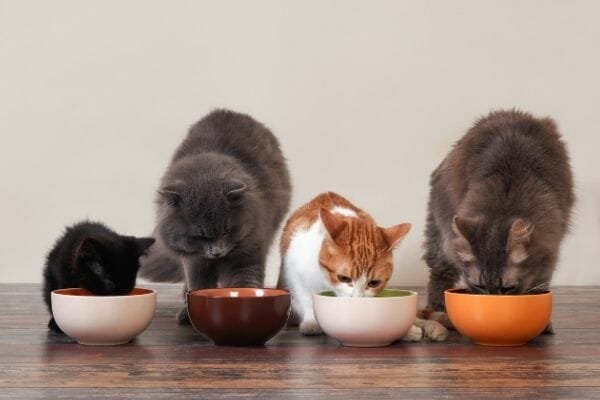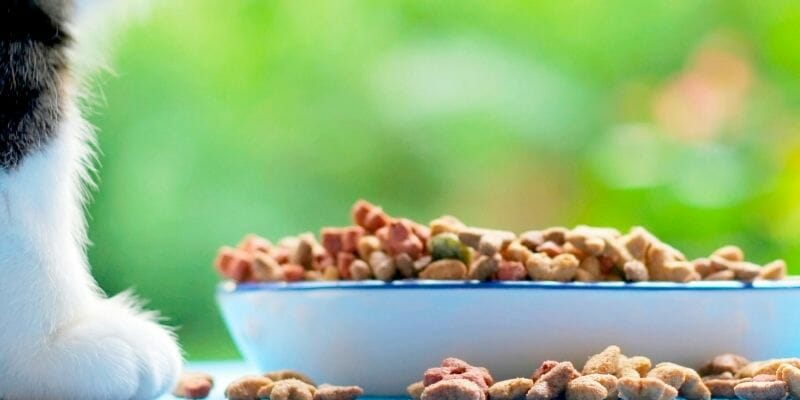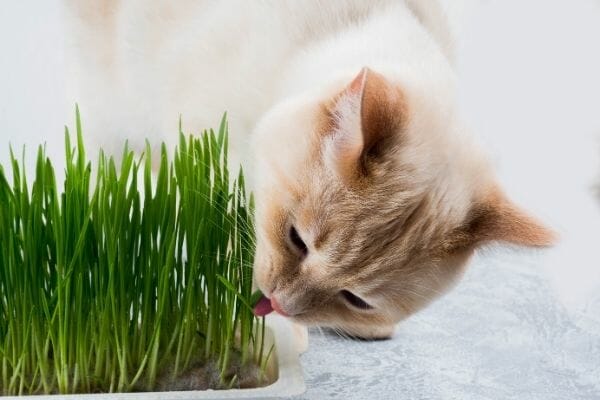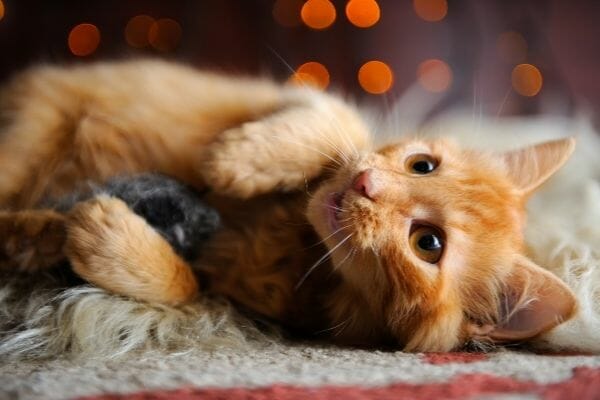Aside from providing food, shelter, and entertainment to your cat, safeguarding her health is one of your priorities as a pet parent. Witnessing your cat vomit for the first time may be a cause for concern for most owners, but before you go on full panic mode, know that there are multiple reasons why your cat may be throwing up—especially after a meal.
To cat parents reading this post, please remember that this article is only a guide. We want to equip you with all the information you need to assist your pet before her conditions worsen. Take her to the veterinarian ASAP if she vomits more frequently in a day and if you find blood in her vomit. Also, have her checked if her vomiting bouts are accompanied by discomfort, pain, appetite loss, lethargy, or weight loss.
There are many possible reasons why cats puke after a meal, and these instances may or may not be accompanied by white foam. If your cat throws up soon after she eats, it may be caused by:
- How fast she ate her meal
- The quality of the meal or treat she consumed
- Her body’s reaction to what she ate
- What she should not have eaten
- What she did after eating
1 How fast she ate her meal
Gorging is one of the most probable reasons why your cat vomits soon after eating her meal. Your cat eats so fast that she swallows most of her food without chewing… and a lot of air in the process! Her stomach wall expands too quickly, which signals the brain to regurgitate what she just consumed. Upon closer inspection, it appears as undigested food in a tubular or round shape, and may smell fermented.
Some cats are just accustomed to eating quickly, while others may be stressed with food bowl competition. If your cat naturally eats fast, force her to slow down by feeding her smaller portions. Elevating her dish, spreading out her food on a wide tray, or placing a ball in the dish will also help her eat slower.
If you suspect she eats fast because of the presence of other pets, separate your cat from the lot during feeding times or create a different feeding schedule for her. These will allow her to eat in peace.

2 The quality of the meal or treat she consumed
Low-quality cat food may also be to blame for your cat’s vomiting incidents. Lacking in nutrients, these are made of fillers (such as corn) and additives that may not sit well in your cat’s digestive system. Cheap, low-grade treats can also cause your cat to reject what she’s eaten. Worse, these meals and treats may shorten the lifespan of your pet.
Check the list of ingredients in your cat food and treats and avoid the following: corn and wheat gluten, meat and grain meals and by-products, Butylated Hydroxyanisole (BHA), Butylated Hydroxytoluene (BHT), ethoxyquin, food dyes, Propylene Glycol (PG), and rendered fat.

3 Her body’s reaction to what she ate
Whether it’s vet-approved cat treats or cat-friendly human food, make sure the food you give your cat is something her stomach can handle. Some cats are known to have allergies or intolerances to certain food, with the most common ones being beef, fish, chicken, and egg. Dairy products such as milk and cheese are also known to cause digestive upset.
If your cat vomits after you feed her something new, she may not be used to the new food. It’s advisable to change her diet gradually by adjusting the ratio of the old and new food over 5 to 7 days. However, if you think your cat may be allergic to one of its ingredients, keep a close eye on her. Aside from vomiting, she may display any of these other symptoms: diarrhea, flatulence, frequent scratching, hair loss, skin inflammation, chronic ear problems, coughing, wheezing, and sneezing. Consult with your vet to confirm that your cat has a food allergy and to determine the allergen. If needed, put your cat on a hypoallergenic diet that’s recommended by her vet.
4 What she should not have eaten
Aside from edible food, non-edible items such as hairballs, grass, and toilet paper may also cause your cat to vomit. It is her body’s natural way of cleansing the digestive system. Some foreign substances such as feathers, toy parts, and string may be harder to puke. If these objects become lodged in her stomach or intestine, she may need to get a surgery to remove them.

5 What she did after eating
Don’t be surprised if your kitten dashes off to play after dinner and ends up puking most of her meal. Her stomach just hasn’t had enough time to process what she’s consumed. Instead of letting her run around post-meal, keep her calm by petting her. Pat her on the head, scratch the back of her neck, or rub her chin to receive purrs of contentment.

Always remember…
If your cat vomits once or twice a month but appears normal before and after she does it, it might not be a big deal. But if throwing up becomes a regular occurence in your household and is accompanied by other alarming symptoms, you need to have her checked. Chronic cat vomiting may lead to dehydration and malnutrition if it is not properly treated.
Read our other guides to help you become an even better paw parent!
Leave a comment
Your email address will not be published. All fields are required.